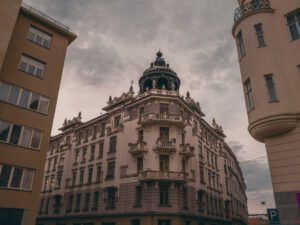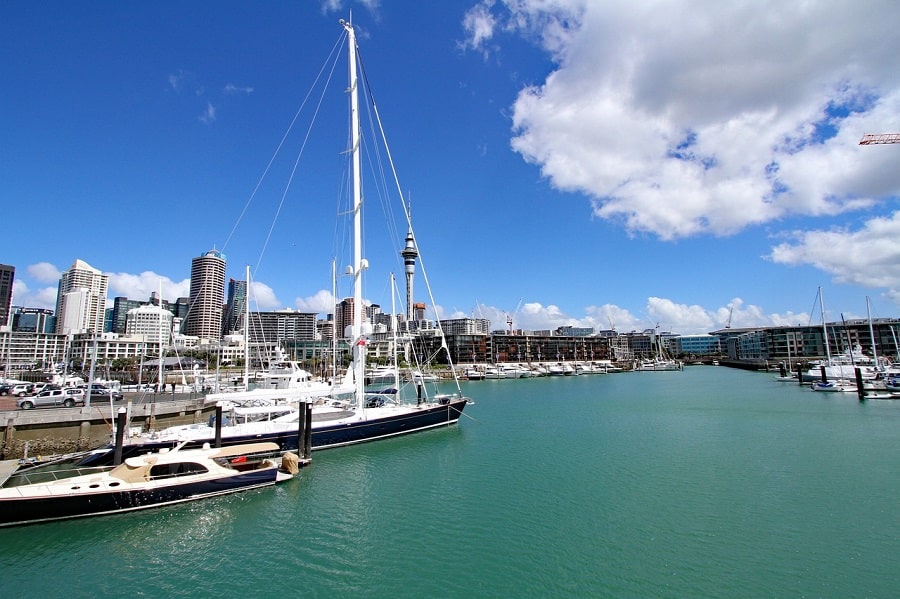Whether you’re looking for a fun day out, a relaxing escape or a place to explore the nuances of Japanese culture, Tokyo has something for everyone. While Tokyo is a busy, crowded city, it offers plenty of entertainment options, from food walks to architecture excursions.
There’s no denying that Tokyo is a great place to visit, especially if you’re interested in the latest technology and gadgets. It’s also a city that’s very quirky and creative. If you want to see the best of the city, take your time and plan your journey carefully.
For example, one of the best things to do in Tokyo is to see the Tokyo Tower. This tower can be accessed by elevator and provides a great view of the city.
Another great place to visit is the Tokyo Imperial Palace. This huge complex houses the Japanese Imperial family, as well as a variety of interesting museums and galleries. The palace itself is an architectural marvel, and is surrounded by beautiful gardens. The gardens are a great place to spend a day with the family, surrounded by trees and flowers.
If you’re looking for a way to see the city’s top attractions, you may want to consider taking a train. This will give you a great view of the city and give you an opportunity to see the latest technology.
Likewise, a visit to the samurai museum is also a fun way to get to know Japanese culture. Here you can try on armour, try your hand at sword fighting and even learn about life as a samurai.
Sensō-ji
Located in Tokyo’s Asakusa district, Sensō-ji is one of the city’s oldest temples. It is also one of Tokyo’s most visited attractions. It is a temple dedicated to the Buddhist goddess of mercy, Kannon. Sensō-ji is a five-story pagoda. It is the second-highest pagoda in Japan.
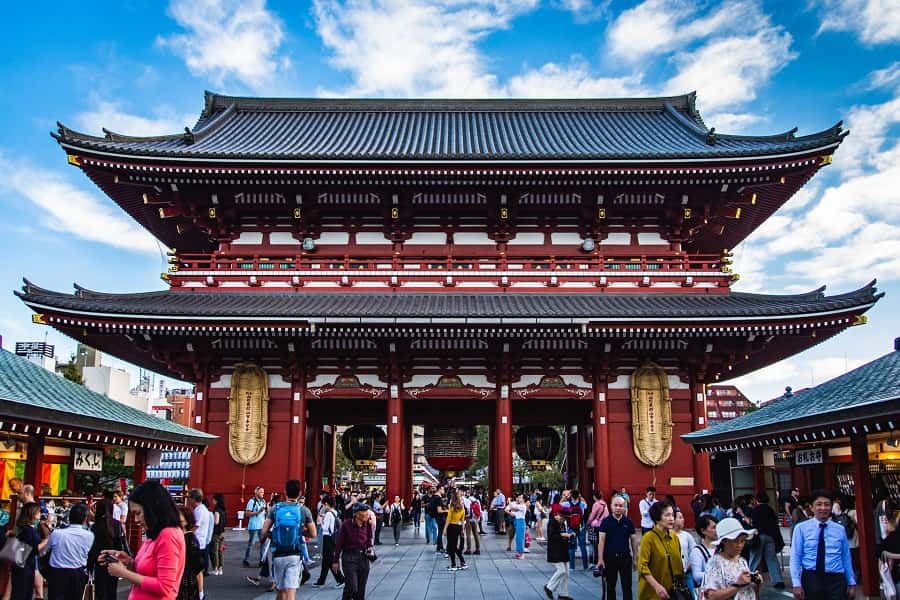
One of the best things about Sensō-ji is that it has several beautiful shrines. These include the Hozomon, an inner gate, which is home to many Sensō-ji treasures. The Emperor’s room, which is located on the top floor, is also worth a visit.
There is also an annual festival, known as the Sanja Matsuri, that takes place in August. This festival attracts crowds to the area.
The temple is also home to a huge wooden carving of a dragon. It is painted in red and black tones and suggests thunderclouds. It is also home to two large statues of Nio, the god of thunder.
The street around Sensō-ji is called Nakamise-dori. This street is filled with local snacks and souvenir shops. It is also a good place to try some traditional Japanese meals.
Sensō-ji has a large pagoda that is 53 meters high. The pagoda houses Buddha’s ashes. It is surrounded by a wooden dragon and a pair of large sandals.
There is also a large wooden gate called Kaminarimon, which is part of the Sensō-ji temple. It is carved in red and black tones and is decorated with a red paper lantern. It is a symbol of Asakusa and the city as a whole.
Tokyo Skytree
Located in Sumida ward, Tokyo Skytree is a modern landmark that stands 634 meters high. It is also the second tallest structure in Japan, after the Tokyo Tower. There are two observation decks inside the Tokyo Skytree, one at 350 meters and another at 450 meters. They both offer spectacular views of Tokyo.
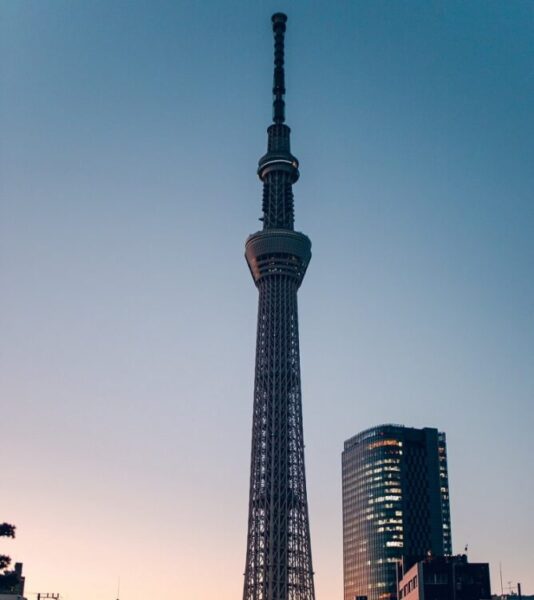
The Tokyo Skytree also features an aquarium, a planetarium, shops and restaurants. There is also an anniversary exhibition. This exhibition showcases 74 designs for the tower. The exhibition was held in 2005, and is free to visit.
During the evenings, TOKYO SKYTREE lights up in three colors. It also displays various displays of warm lights during the Christmas season. The lights have two different styles: Ike and Miyabi. Ike represents the spirit of Edo while Miyabi represents the aesthetics. The lights are almost 2,000 LEDs.
The observation decks in Tokyo Skytree are open from 9 am to 9 pm. However, the ticket prices are different depending on which observation deck you are going to visit. Typically, the price is around Y=2,060. There are also combo tickets available for Y=4000. These are good for inter-city travel.
The Sky Restaurant 634 (Musashi) is a fine dining restaurant that offers a spectacular view of Tokyo. The lunch price is around 6,200 Yen, while dinner is around 15,700 Yen. The restaurant is located on the Tembo Deck, and offers panoramic views of the city. The restaurant serves French-Japanese fusion cuisine.
During the day, the park is a good place for a picnic or a stroll. It is surrounded by greenery and lined with flowers. It runs along the Kitajuken River, and offers relief from the busy shopping complexes near the Skytree.
Meiji Jingu
Meiji Jingu is the most famous Shinto shrine in Japan. It is dedicated to the deified spirits of Emperor Meiji and Empress Shoken. It is an ideal destination for Shinto ceremonies, rituals, and weddings.
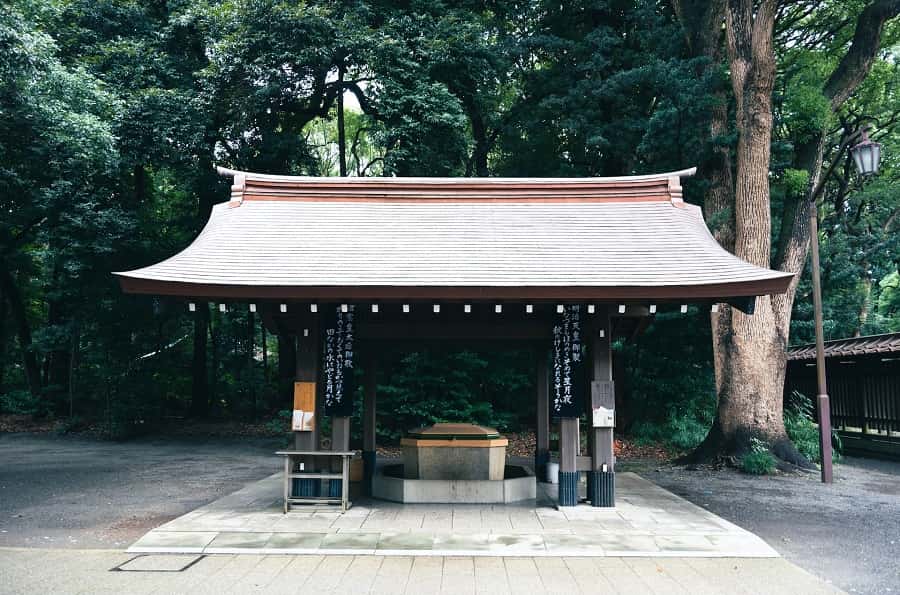
During the first few days of the year, over three million people visit the Meiji Jingu to celebrate the New Year. Visitors come from all over Japan to celebrate the festivities. The temple also hosts many traditional dances and Yabusame mounted archery.
The shrine is surrounded by a large forest. There are many trees in the forest, including azaleas, irises, and red autumn trees. Some of these trees were donated from around the world.
Meiji Jingu is also home to an iris garden, which is a popular destination during the spring. The garden is surrounded by a large number of cedar trees, which are believed to represent Emperor Meiji and his wife. There are about 150 different species of irises in the garden.
There is also a Japanese tea house called Kiyomasa’s Well. This well was originally dug by a military commander 400 years ago. It is believed to be a powerful source of energy. It also provides water to the gardens.
The Meiji Jingu Museum is also located near the shrine entrance. The museum displays various items associated with the shrine. In addition, the museum has a collection of artwork, including portraits of previous emperors. It was designed by famous architect Kuma Kengo.
Shinjuku Gyoen National Garden
Shinjuku Gyoen National Garden is a popular park with many visitors. It is a large green space that is a popular destination for travelers and families during the spring cherry blossom season. There are many amenities, including restaurants, coffee and tea houses, and an information center.
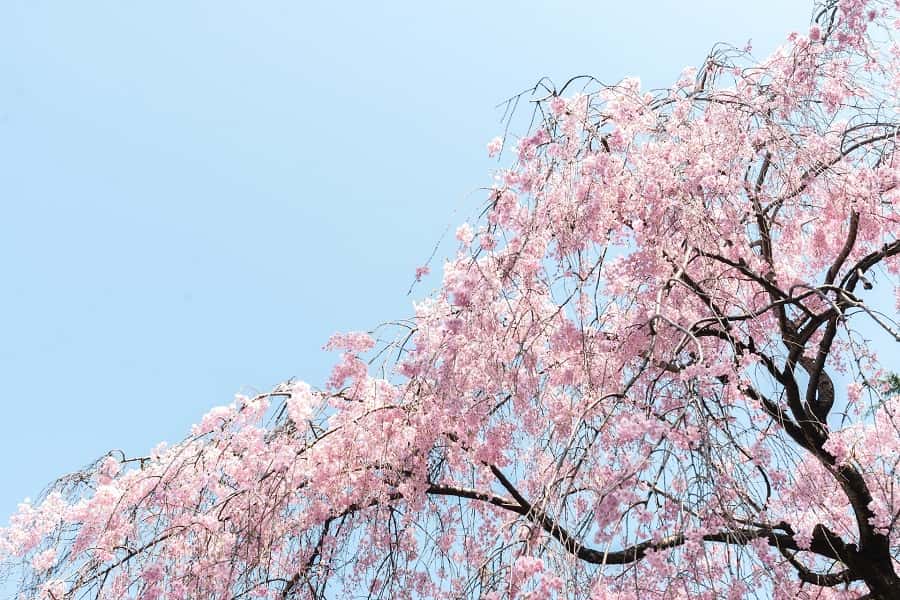
The park is open from Tuesday to Sunday. The entrance fee is 200 yen. There is a children’s area for children under 13 and an information center. Visitors can bring their own food or snacks to enjoy. A teahouse and a greenhouse are also available. The park has a variety of flowering plants and orchids.
The gardens include three distinct landscaped areas. These are the traditional Japanese garden, the English styled garden, and the formal French garden. All of these gardens have lush lawns and beautiful ponds.
The garden also has several pavilions and Himalayan cedars. There is also a large greenhouse where tropical plants are kept. There are also dozens of micro restaurants. The garden is closed on national holidays.
Shinjuku Gyoen National Garden is one of the most beautiful places to see cherry blossoms in Tokyo. It is also a popular destination for Japanese hanami. The park is open daily during the cherry blossom bloom. The park also has a cafe, restrooms, and a greenhouse. It is a peaceful place for a stroll.
The Shinjuku Gyoen National Garden is also a popular destination for a romantic date. The park is a great place to take a relaxing stroll and listen to bird song.
Imperial Palace
Visiting the Imperial Palace in Tokyo is a must for tourists who want to get a taste of Japanese culture. The palace is one of the few places in Japan where visitors can see a glimpse of the Emperor and the Imperial Family.
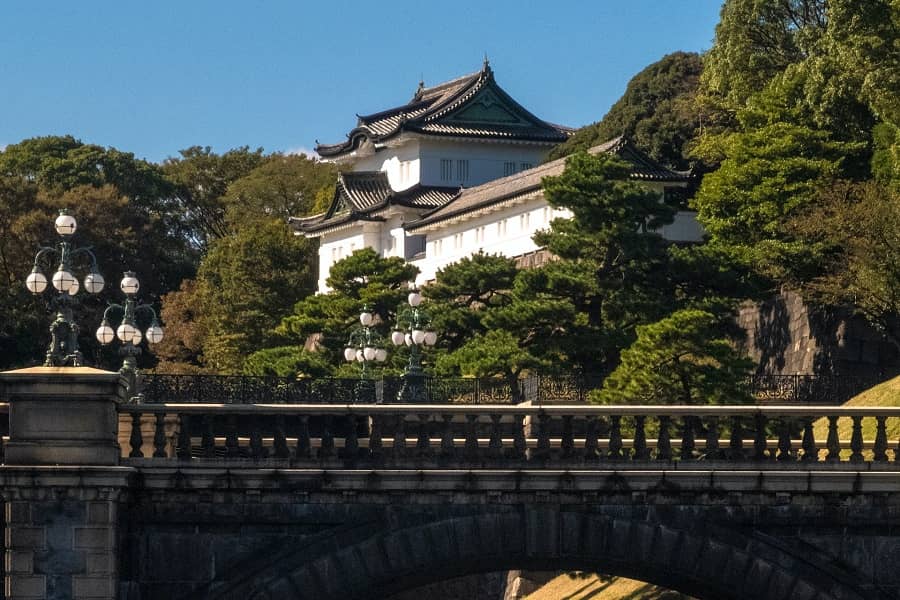
There are several different ways to visit the palace. For example, you can take a guided tour. The tour is usually free and takes about an hour and fifteen minutes. If you’re not interested in taking a tour, you can visit the palace on your own.
The palace’s East Garden is open to visitors year-round. The garden features a long, open field with plenty of shady spots. The grounds also include streams, rocks and bridges. This garden is popular with locals during cherry blossom season.
The Imperial Palace was constructed on the site of the former Edo Castle. The palace is home to the Emperor of Japan, his family and other important figures. The buildings are constructed in classic Heian-period style and are surrounded by beautiful gardens. There are also several museums and other attractions near the palace.
The palace grounds are open on various occasions, but there are some restrictions. Some parts of the palace require a special permit. If you’re interested in visiting the palace, make sure you apply in advance. This is especially true if you plan to visit on a national holiday.
One of the most popular attractions is the Emperor’s birthday. On this day, the emperor and his family make several public appearances. This is a national holiday and the queues can get quite long. The main entrance to the palace is only open on this day, so you will need to plan your trip accordingly.
Ueno Park
Ueno Park is the city’s largest and most popular public park. It is also home to many cultural sites and historical monuments. Some of the most popular attractions in Ueno include Ueno Zoo, Shitamachi Museum, and Tokyo National Museum. It is also one of the best places in Tokyo to see cherry blossoms.
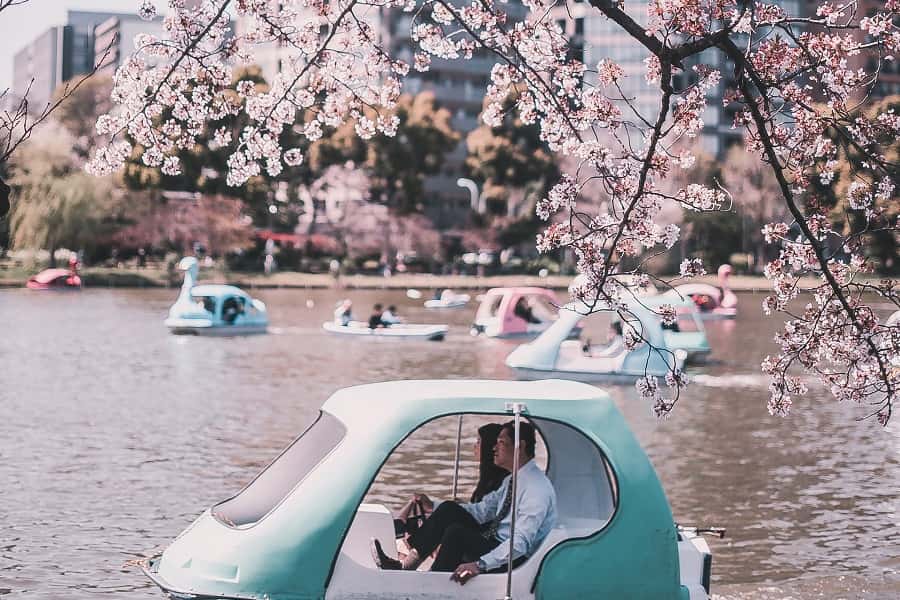
The National Museum of Nature and Science is one of the largest educational museums in Japan. It boasts of more than 10,000 exhibits, including more than 4,500 artworks. There are also seasonal events that help visitors to learn about nature and discover new worlds.
The Ueno Zoo is located within a five-minute walk from Ueno Station. It features an amazing collection of 400 animal species. It is also home to a 17th-century tea house and a five-story pagoda. You can rent a boat at the pond to enjoy the natural beauty.
Shitamachi Museum is an important historical site, where you can see a life-size replica of a merchant’s home. It also includes historical artifacts and a hand-pulled cart.
There are also various shops in Ueno that sell a wide variety of products at low prices. Some of the shops are electronic shops, clothing stores, and fashion accessory stores. There are also yattai food stalls that offer popular Japanese street foods.
Another great place to visit is the Tokyo Metropolitan Art Museum. It has several seasonal exhibitions and a museum shop. It also features an art lounge.
Tokyo Tower
Located in the Sumida district, Tokyo Tower is one of the most popular tourist attractions in Tokyo. The tower offers panoramic views of Tokyo from two observation decks. The Main Deck is 150 meters high and the Top Deck is 250 meters high. Both observation decks have restaurants and cafes. The lighting of the tower changes to fit different themes and designs.
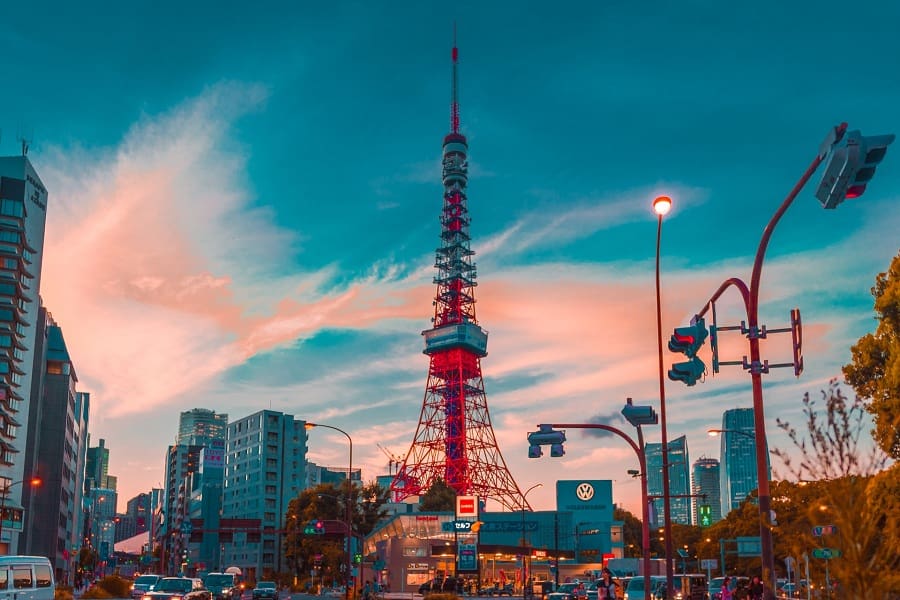
Visitors can enjoy the views of Tokyo from the Top Deck as well. The interior is decorated with mirrors and provides an audio guide in 13 languages. The tower is illuminated with 268 LEDs. The colors of the lights change every hour. It’s also illuminated for special events. Some special illuminations include those for Christmas and the corona pandemic.
For visitors with children or who are disabled, the Dawn Avatar Robot Cafe offers a barrier-free experience. The cafe also has a tea room and a snack bar. There are various seating options, including wheelchairs, and there are robot waiters.
Visitors can also enjoy a sushi making experience at the Sake Museum. It’s located next to the Mori Tower. You can also visit the Bosaikan Museum, which is a smoke maze and quake simulator. The museum’s guide is in Japanese.
The Tokyo Tower is also home to a One Piece themed amusement park. Fans of this manga series flock to this attraction from all over the world. Visitors can purchase tickets on the Tokyo Tower website. It also offers combo tickets for both observation decks.
Samurai Museum, Shinjuku
The Samurai Museum offers visitors a chance to experience Japanese history by dressing up in samurai armor and taking part in a mock battle. In addition, the museum features original samurai armor, authentic swords and other paraphernalia.
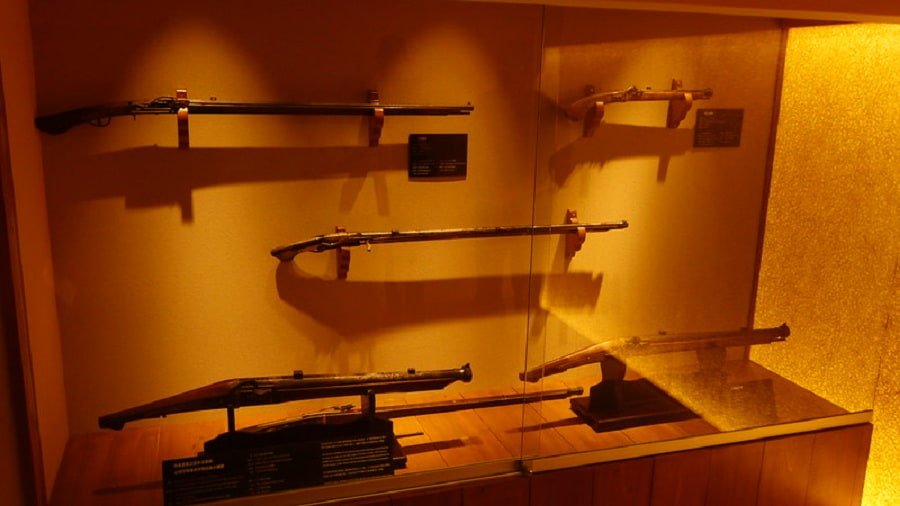
Visitors can take a guided tour of the museum for free. A personal tour lasts approximately an hour. Tours leave every few hours. The museum also offers a free calligraphy lesson for visitors.
Visitors can also learn about the lives of a Samurai. The museum has a lot of artwork and exhibits that illustrate the way of life of a Samurai. Some displays are in English, giving visitors a chance to learn about the Samurai in their own language.
The Samurai Museum also has a live demonstration of swordsmanship. These demonstrations are held daily between 2:00 and 5:00 p.m. The staff will explain the ways of a Samurai and offer a free lesson.
Visitors can also purchase a real katana. The museum sells several swords, but the most impressive are the swords from the Edo Period.
Visitors can also see several real Samurai helmets and armor. These helmets are known as Kabutos. They are decorated with a family crest and some even have painted teeth.
Samurai Museum Shinjuku also features an English speaking guide. Visitors can also try on real samurai armor. The museum also offers a samurai themed restaurant. It is a great place to spend a few hours with friends and learn about the history of the Samurai.



